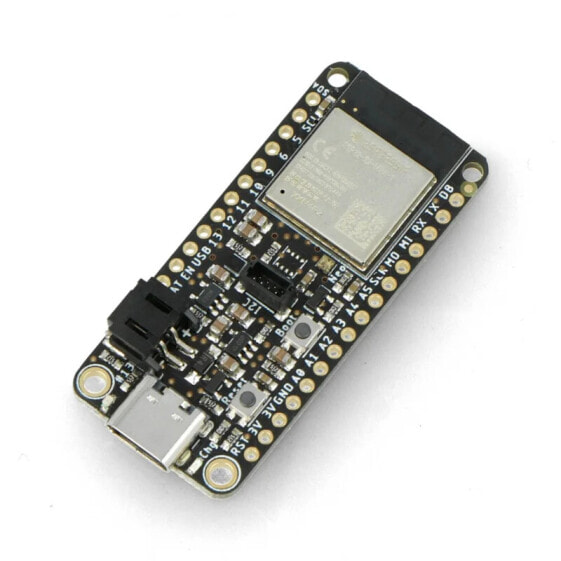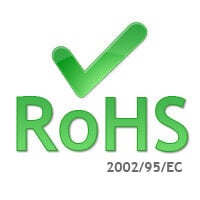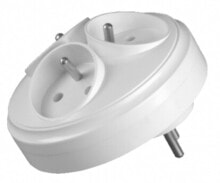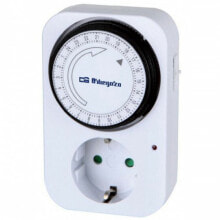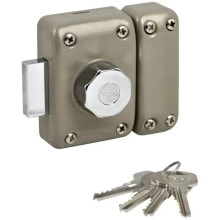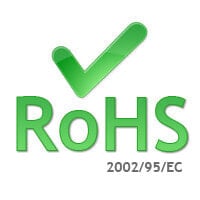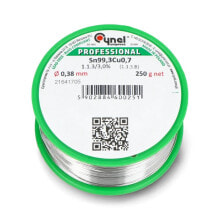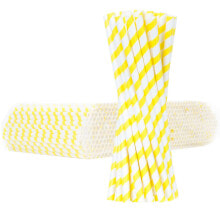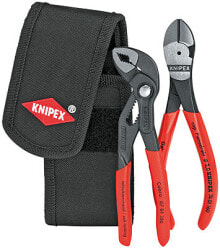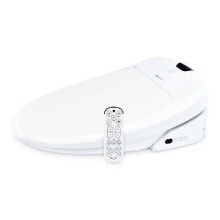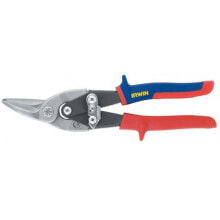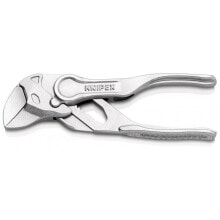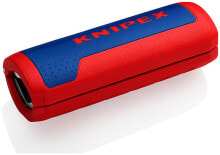Feather ESP32-S2 - moduł WiFi, GPIO - compatible with Arduino - Adafruit 5000
- Артикул:
- 53916588
Характеристики
- UC - I2C
- yes
- UC - USB
- USB C
- UC - WiFi
- yes
- UC - UART
- yes
- UC - ядро
- 1. Single Core
- UC - частота
- 240 MHz
- Напряжение до
- 5.0 V
- Напряжение от
- 5.0 V
- Интерфейс UC - SPI
- yes
- Выходное напряжение до
- 3.3 V
- Выходное напряжение от
- 3.3 V
Общие характеристики
- UC - Вспышка
- 4 MB
- UC - Микроконтроллер
- ESP32-S2
Прочие свойства
- Бренд
- Adafruit
Свойства
- Номинальное выходное напряжение
- 3.3 V
Описание
WiFi module based on the ESP32-S2 chip, featuring 4 MB Flash memory and 2 MB PSRAM. The Feather ESP32 is a low-power 2.4 GHz Wi-Fi System-on-Chip (SoC) solution with a built-in native USB port. The single-core 240 MHz chip does not support Bluetooth connectivity. The product is used in Internet of Things (IoT), smart clothing and home automation projects.
A tutorial on programming the module in the Arduino IDE and CircuitPython can be found at Adafruit.
Feather ESP32-S2 WiFi, GPIO module presentation.
A small Wifi module with low power consumption.
Feather ESP32-S2 is a small module with Espressif WiFi microcontroller with low power requirements. Thanks to its small size it can be successfully used in IoT and home automation projects. The Feather ESP32-S2 is based on a single core 240 MHz Tensilica processor. It has 4 MB flash + 2 MB PSRAM. It supports Time of flight (ToF) measurement, among other things. The product is equipped with native USB.
- USB C port: used to power and program the board. When using a Li-Pol battery, it charges the pack when connected to power
- JST 2-PH connector with Li-Pol battery charger: you can connect Li-Pol 3.7 / 4.2 V with 250 mAh to it
- CHG LED: The yellow LED will be on while charging the battery. When charging is complete, the LED goes out. If the battery is not connected, the LED may blink quickly
- GND: Common ground for all power and logic circuits
- BAT: positive voltage from / to 2-pin JST socket for optional Li-Pol battery
- USB: positive voltage from / to USB C socket if USB is connected
- EN: 3.3 V voltage regulator pin
- 3.3 V: output from 3.3 V regulator (peak 500 mA).
For a detailed pin and pin layout, please refer to the manufacturer's website.
Feather ESP32-S2 WiFi module with GPIO pins.
- A0 and A1 are the only DAC output pins. They can be used as 8-bit analog outputs
- Pins A2 to A5 - can be used as analog inputs
- SPI bus:
- SCK: SPI clock line pin
- MOSI: SPI Microcontroller Out / Sensor In
- MISO: SPI Microcontroller In / Sensor Out
- UART interface
- RX: UART receiver pin
- TX: UART transmitter pin
- I2C interface (shared by STEMMA QT interface)
- SCL: I2C bus clock pin
- SDA: I2C data pin
- Digital pins: D5, D6, D9 to D13
Details of the pinouts are available in the user guide.
- 240 MHz Tensilica processor
- 4 MB Flash memory and 2 MB PSRAM
- Native USB
- USB Type-C port - for programming and power
- JST 2-PH connector with Li-Pol battery charger
- Battery monitoring chip MAX17048 (when powered by Li-Pol battery)
- Reset and DFU (BOOT0) buttons
- STEMMA QT connector for I2C devices
- LEDs indicating operation and charging status of the module (also NeoPixel support)
- Low power consumption (from 80 to 100 uA in sleep mode when powered by battery)
- Compatible with Arduino or CircuitPython
- Dimensions: 52.4 mm x 22.8 mm x 7.2 mm
- Weight: 6.3 g
- Feather ESP32-S2 WiFi, GPIO module - 1 pc.
- GPIO pins for soldering by yourself - 2 pcs.
High performance and small dimensions.
- Manufacturers website
- User guide
- CircuitPython Reference Manual
- Arduino IDE Reference Manual
- Leads layout
